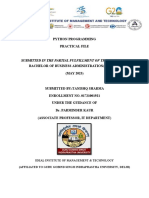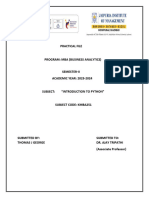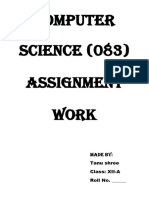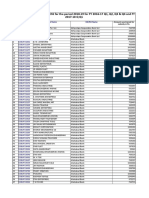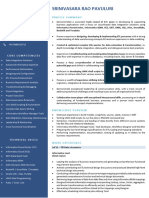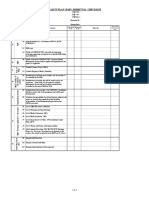0% found this document useful (0 votes)
100 views13 pages05MC0207 - Data Analytics and Visualization
The document outlines the syllabus for a Master of Computer Applications course on Data Analytics and Visualization. It includes course objectives, prerequisites, detailed topics covered in each unit, practical assignments, and references for textbooks and online resources. The course aims to develop proficiency in data science using Python, covering data collection, cleaning, analysis, and visualization techniques.
Uploaded by
prasham9918Copyright
© © All Rights Reserved
We take content rights seriously. If you suspect this is your content, claim it here.
Available Formats
Download as PDF, TXT or read online on Scribd
0% found this document useful (0 votes)
100 views13 pages05MC0207 - Data Analytics and Visualization
The document outlines the syllabus for a Master of Computer Applications course on Data Analytics and Visualization. It includes course objectives, prerequisites, detailed topics covered in each unit, practical assignments, and references for textbooks and online resources. The course aims to develop proficiency in data science using Python, covering data collection, cleaning, analysis, and visualization techniques.
Uploaded by
prasham9918Copyright
© © All Rights Reserved
We take content rights seriously. If you suspect this is your content, claim it here.
Available Formats
Download as PDF, TXT or read online on Scribd
/ 13

















